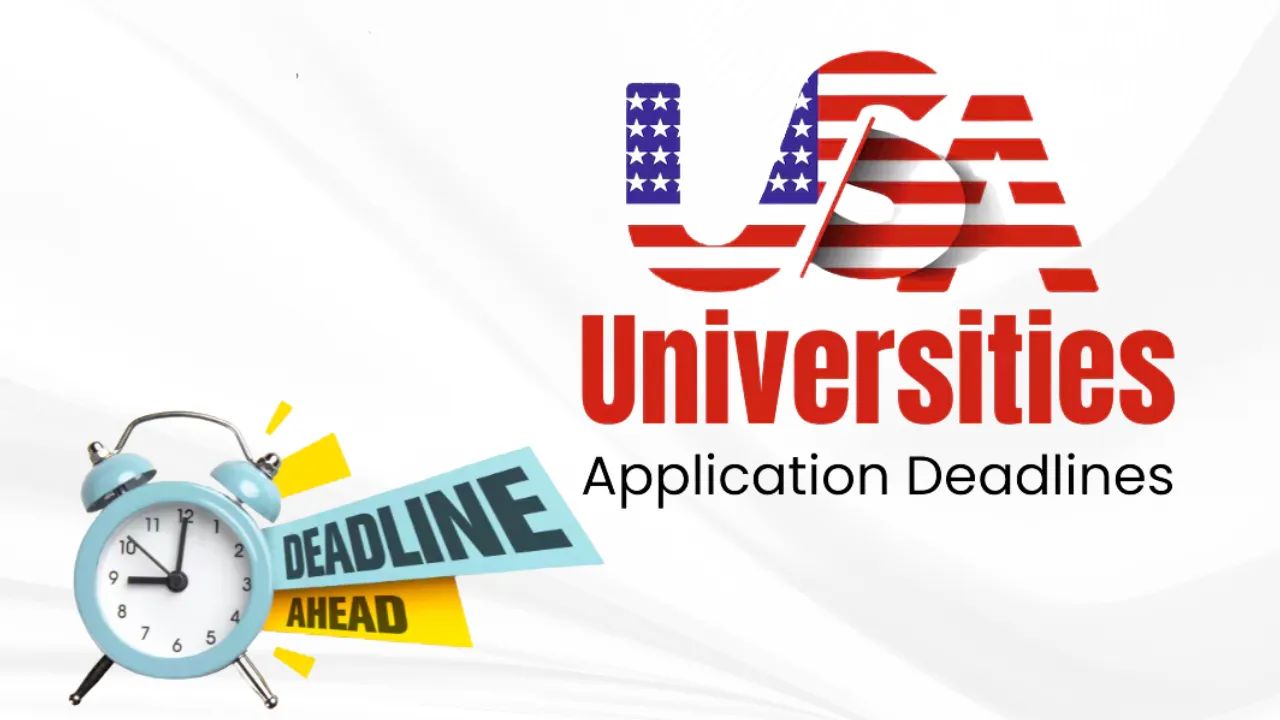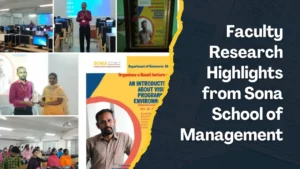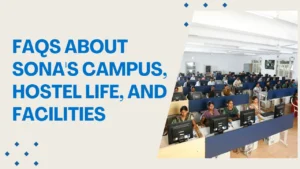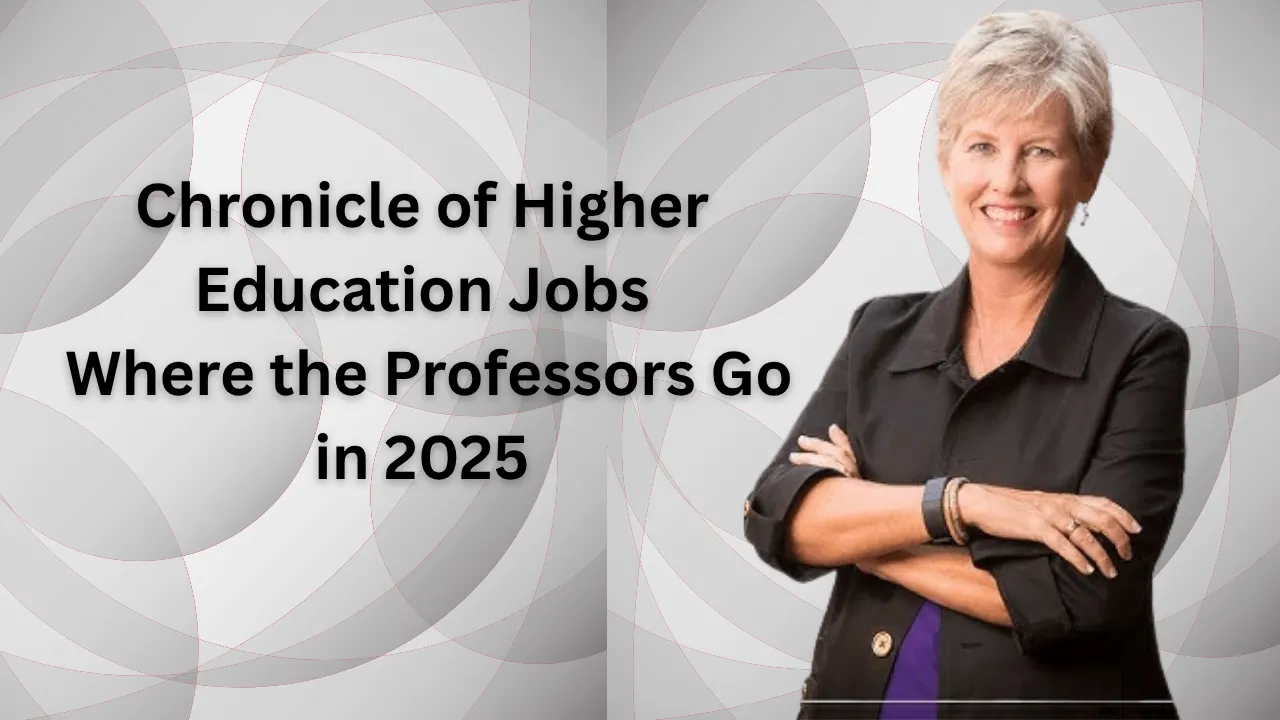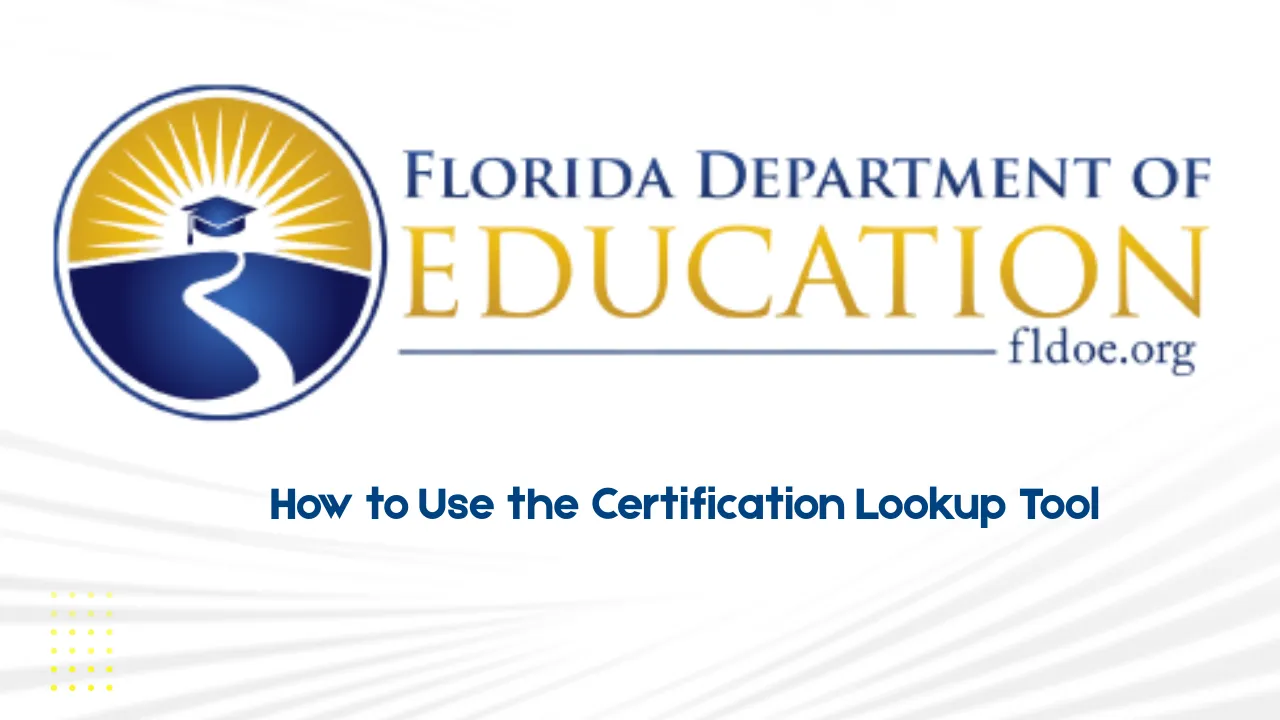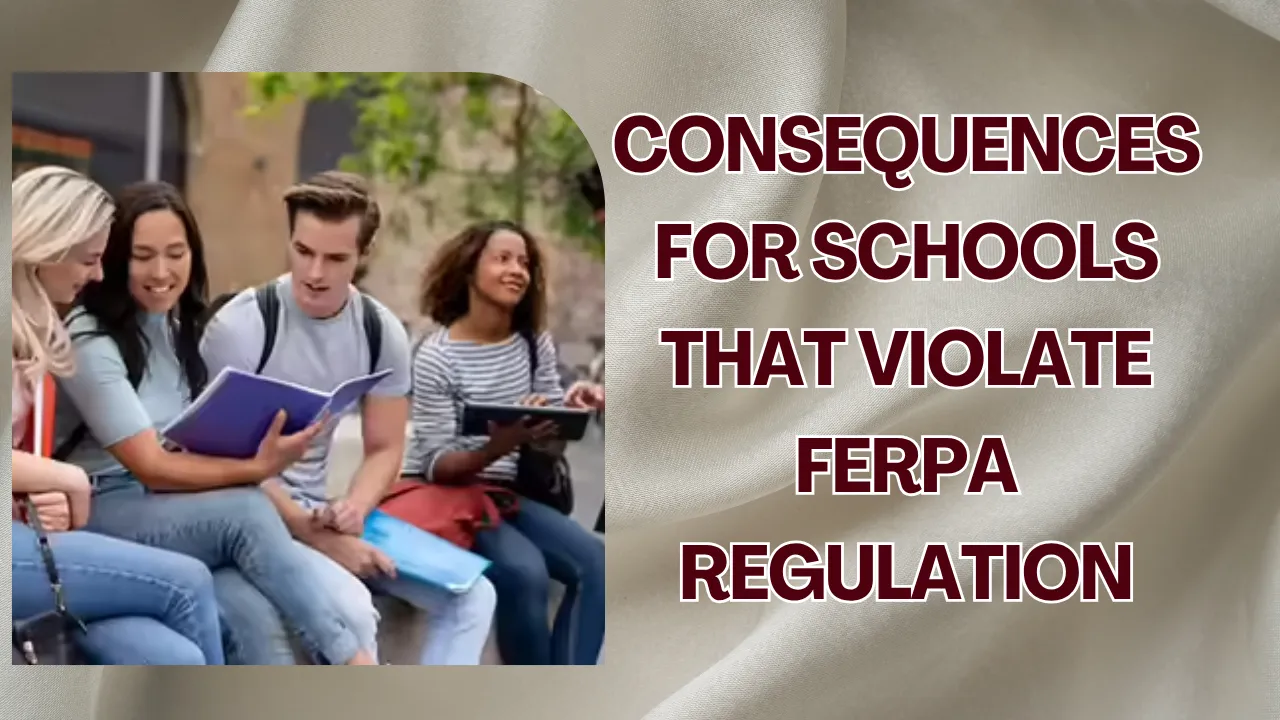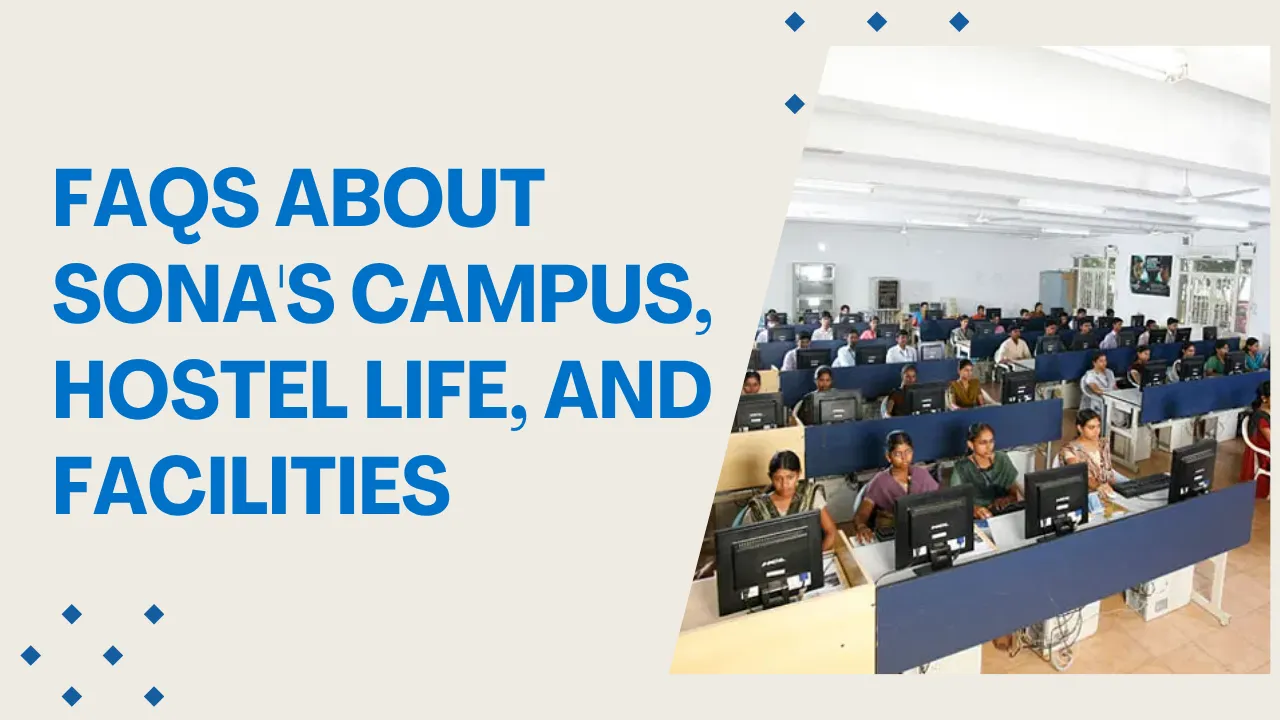U.S. University Application Deadlines: Navigating U.S. University Application Deadlines can feel overwhelming—but with the right preparation and clarity, you can turn it into a strategic advantage. For fall 2025 admissions, key deadlines span from December 2024 through March 2025 — and even into April or May for some schools. Missing any date means losing access to top programs, scholarships, or campus housing. By understanding what counts, organizing important dates, and submitting each requirement on time, you give yourself the best shot at success. This guide cuts through the clutter, offering a clear roadmap to ensure nothing slips through the cracks.
U.S. University Application Deadlines
Focusing on U.S. University Application Deadlines for 2025 helps you stay ahead and plan smart. Don’t dwell on dates that have passed—your attention needs to be on what’s coming next. Here’s a breakdown of the upcoming cycles:
- Early Action / Early Decision: Competitive schools like Harvard, MIT, Stanford, and University of Chicago open for early applications between December 1, 2024, and January 15, 2025. Applying early boosts your admission odds and opens doors to merit-based scholarships.
- Regular Decision: Most programs accept from January 15 to March 15, 2025. This window includes flagship public universities, private colleges, and many graduate programs.
- Rolling and Late Deadlines: Flexible schools allow submissions through April or May 2025. While less pressure-filled, applying earlier means better chances for admission and financial aid.
- Financial Aid Deadlines: Forms like FAFSA and CSS Profile often close by March 2025—missing them could reduce your aid package.
- Visa & SEVIS Key Dates: After acceptance, secure your Form I-20, pay SEVIS fees, and schedule your F‑1 visa interview in May or June 2025, in time for fall entry.
Overview Table: Upcoming Key Deadlines
| Application Stage | Deadline Window | Why It Matters |
| Early Action / Early Decision | Dec 2024 – Jan 2025 | Higher acceptance rates and scholarship options |
| Regular Decision | Jan – Mar 2025 | Main admission window for most programs |
| Rolling / Late Admission | Apr – May 2025 | Flexible, but earlier yields better chances |
| FAFSA / CSS Profile | Feb – Mar 2025 | Determines financial aid eligibility |
| Visa & SEVIS Prep | May – June 2025 | Needed to start classes on time |
Fall Intake Timeline for 2025
To tackle U.S. University Application Deadlines effectively, map out your schedule months in advance:
- July–August 2024: Finalize your shortlist and prep for standardized tests (SAT, ACT, GRE, TOEFL).
- September–October 2024: Take tests, begin writing essays, and ask for recommendation letters.
- November–December 2024: Finalize and submit early applications.
- January–March 2025: Submit regular decision applications, file FAFSAs, and finalize supporting materials.
- April–May 2025: Consider rolling decisions or late deadlines; review offers.
- May–June 2025: Secure visa documentation, pay SEVIS fee, and interview for your F‑1 visa.
This phase‑wise approach ensures you meet all application deadlines, financial aid deadlines, and visa deadlines without a last‑minute scramble.
Common Pitfalls With U.S. University Application Deadlines
Even well-meaning applicants stumble on these frequent challenges:
- Procrastinating on deadlines: Waiting until the last minute compromises strength and quality.
- Overlooking financial aid forms: FAFSA and CSS Profile often close early and affect outcomes.
- Failing to track multiple deadlines: Each institution has its own deadline—staying organized is essential.
- Late recommendation letters or test scores: They need to arrive well before final submission dates.
- Missing visa processing time: F‑1 visa slots fill fast—delays could prevent a fall semester start.
Smart Strategies to Stay Ahead
- Personal Timeline Sheet
Chart each school’s deadline, requirements, and submission status. Update weekly. - Set Internal Deadlines
Aim to finish each application 10–14 days early. This cushion allows time for review. - List of FAFSA/CSS Dates
Note each form’s deadline—missing these can eliminate scholarship eligibility. - Reminders for Recommenders
Provide your referees with deadlines and reminders to ensure letters are sent in time. - Document Confirmation
Use application portals to confirm receipt of transcripts, test results, and recommendations. - Backup Plan for Rolling Schools
If early applications don’t work out, rolling deadlines offer a safety net—but move quickly.
Visa Prep & SEVIS Essentials
After you receive an acceptance:
- Request Form I‑20—the university issues this after admission.
- Pay SEVIS I‑901 fee—do it immediately, as it’s required before your visa interview.
- Complete DS-160—the online nonimmigrant visa form.
- Schedule your F‑1 visa interview, ideally in May or early June 2025.
- Gather documents: visa packet, bank proof, admission letter, I‑20.
- Prepare for the interview, focusing on your academic goals and ties to your home country.
Skipping these steps can delay arrival and even jeopardize your fall semester start.
Maximizing Your Applications With the Right Deadlines
Your approach to U.S. University Application Deadlines can determine your outcome:
- Prioritize by preference: Focus on dream schools first.
- Blend early and regular apps: Early Action helps at top schools; Regular Decision covers your wider list.
- Don’t ignore rolling deadlines: They offer backup options—with fewer finals and less stress.
- Coordinate with scholarship deadlines: Many aid programs close early in February and March.
- Monitor and follow up: Use portals to confirm every material is received and processed.
The Payoff of Deadline Discipline
Why does hitting each deadline matter?
- Higher chances at top programs: Early applications boost acceptance odds.
- Access to better financial aid: Limited scholarships often go to first-round applicants.
- Housing advantages: Early admits lock in dorms and preferred living choices.
- Visa assurance: Smoother F‑1 visa process avoids summer delays.
- Reduced stress: Spreading deadlines lightens the emotional load.
By tracking application deadlines, financial aid windows, and visa dates, your path becomes more predictable and less overwhelming.
Final Thoughts
A successful admission cycle hinges not only on what you submit but when you submit it. Paying close attention to U.S. University Application Deadlines, along with scholarship and visa preparations, gives you a powerful competitive advantage. This timeline-focused approach protects against missed opportunities and boosts confidence.
